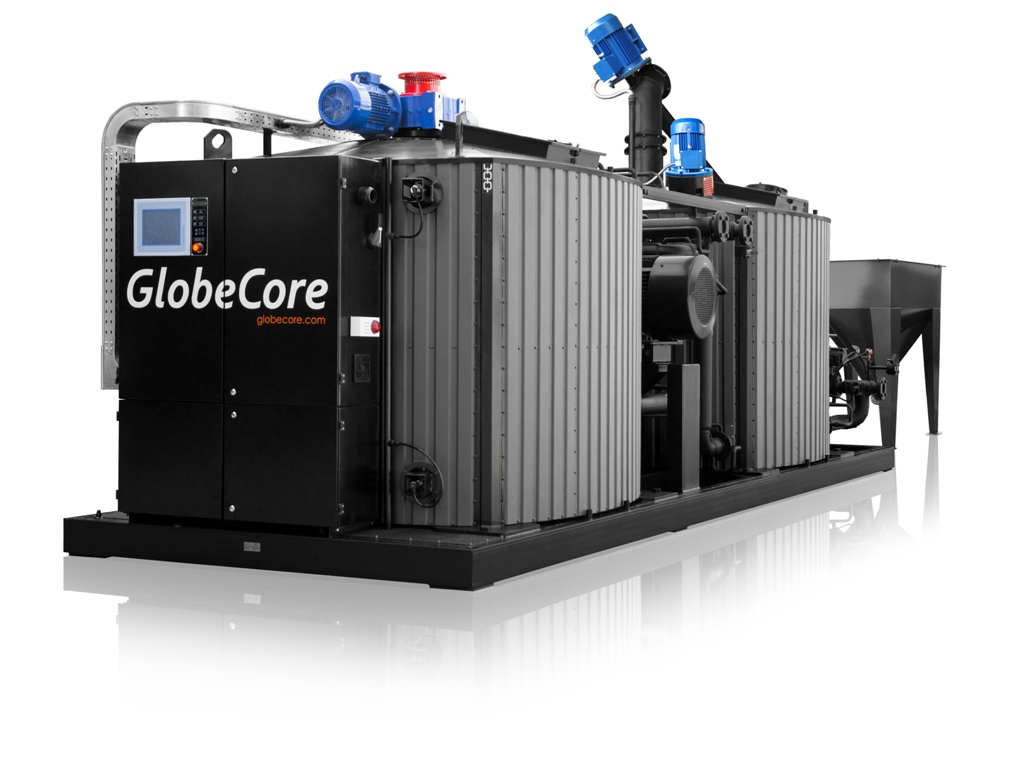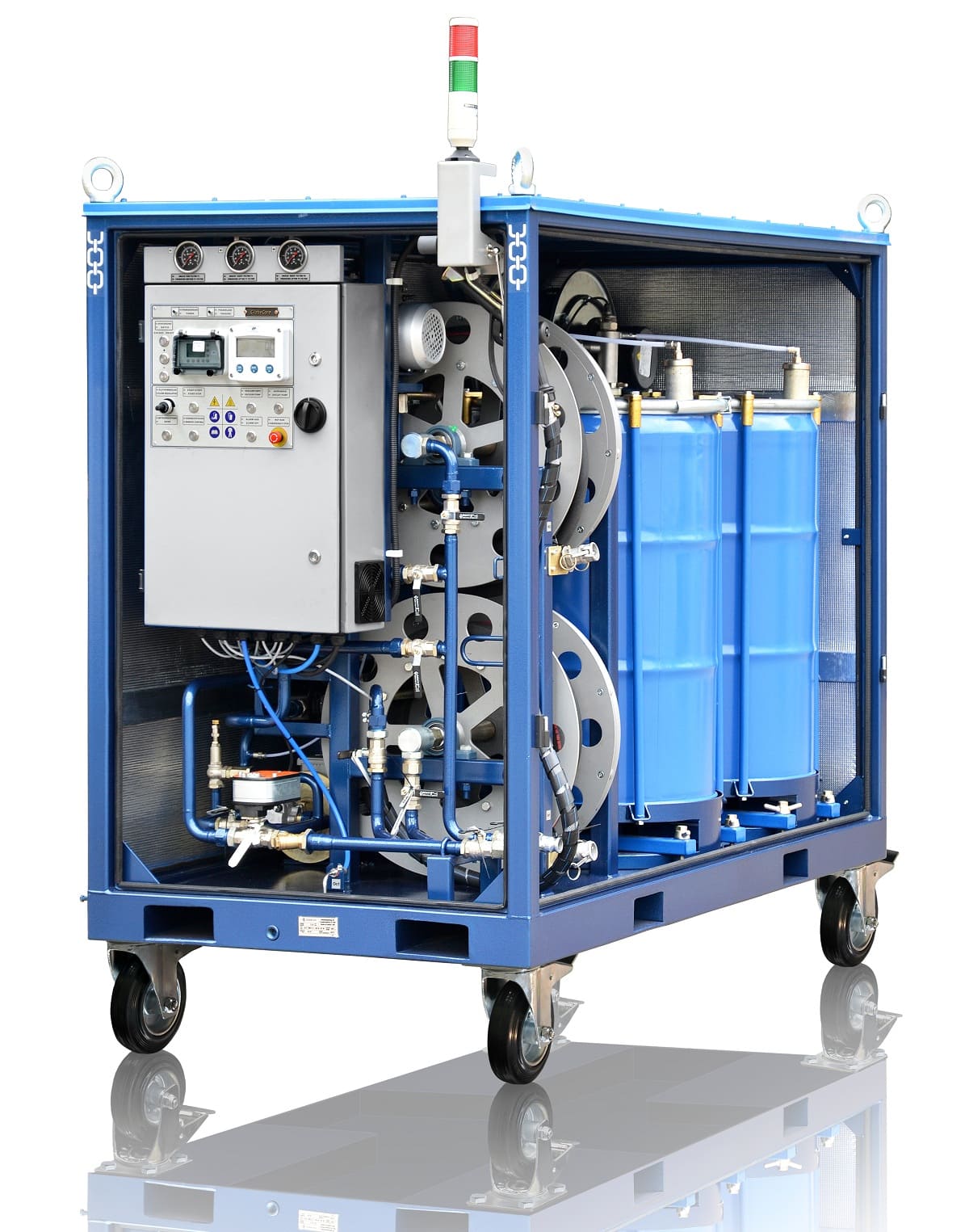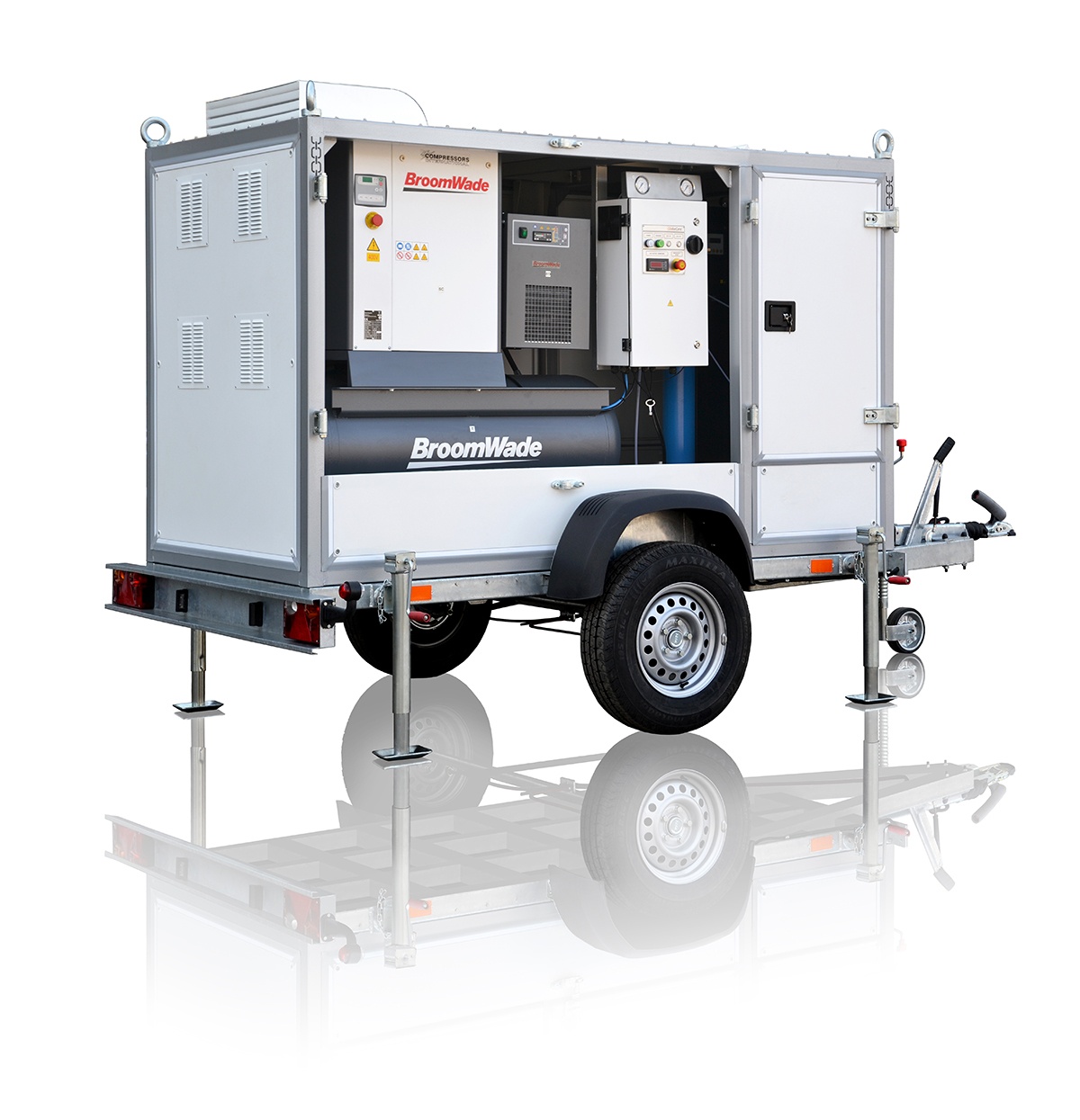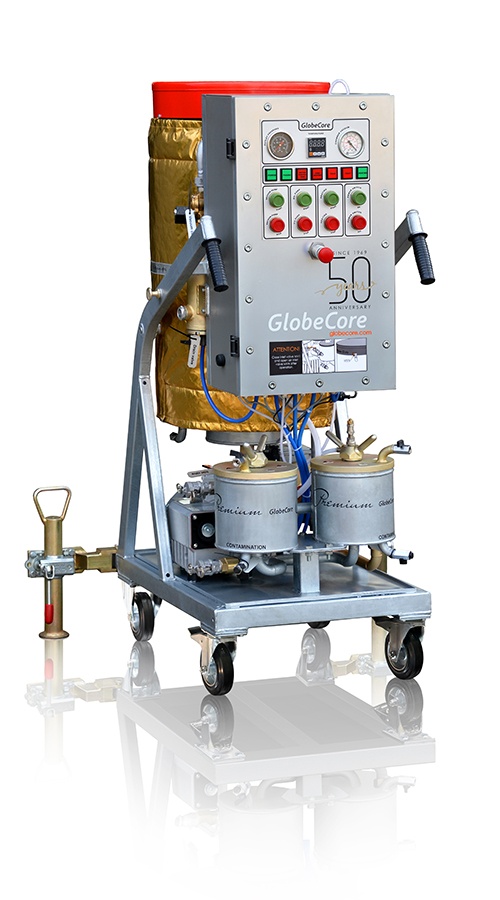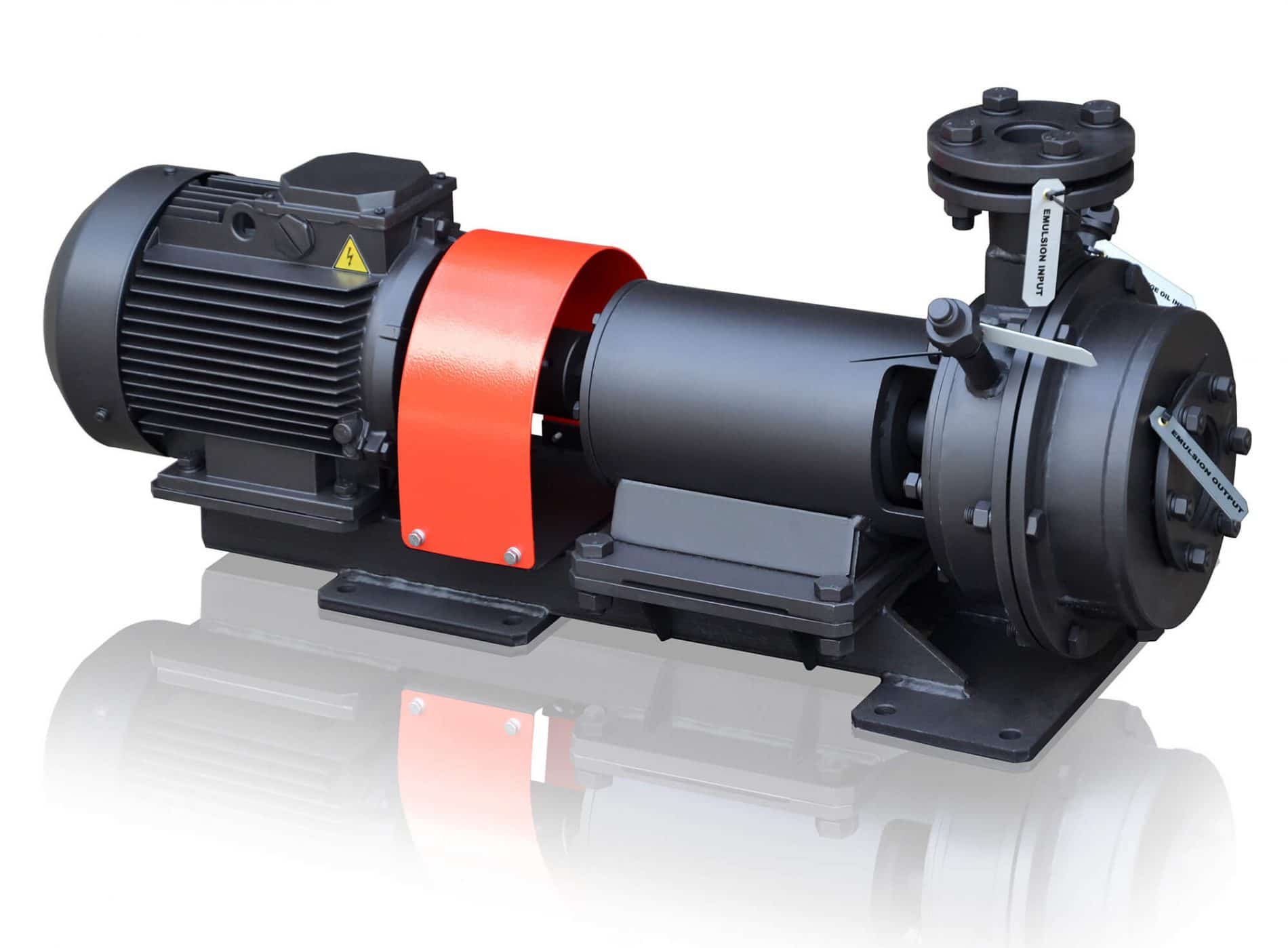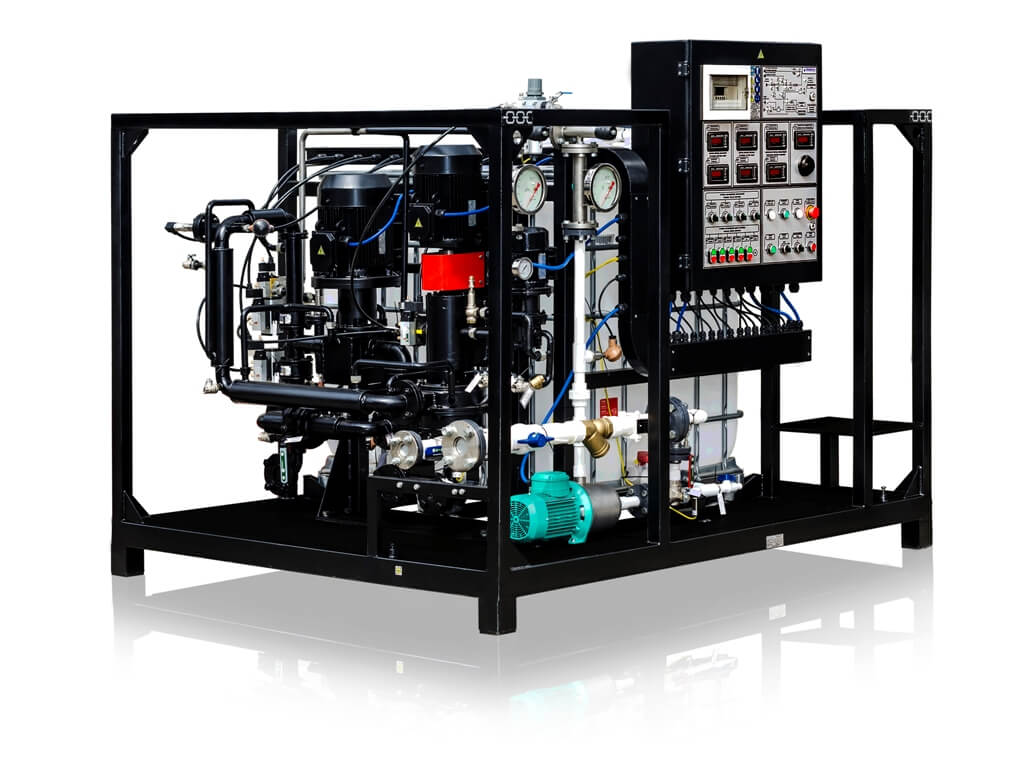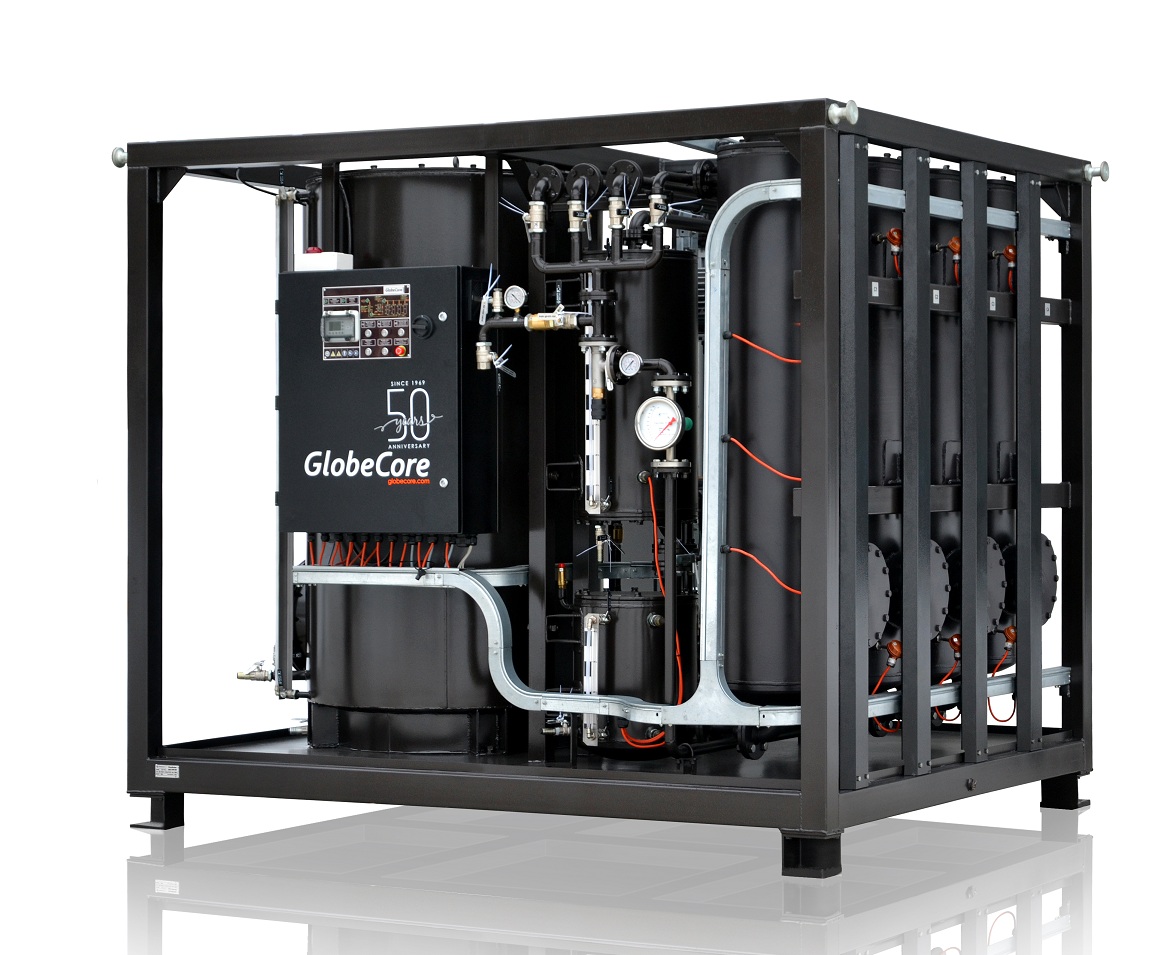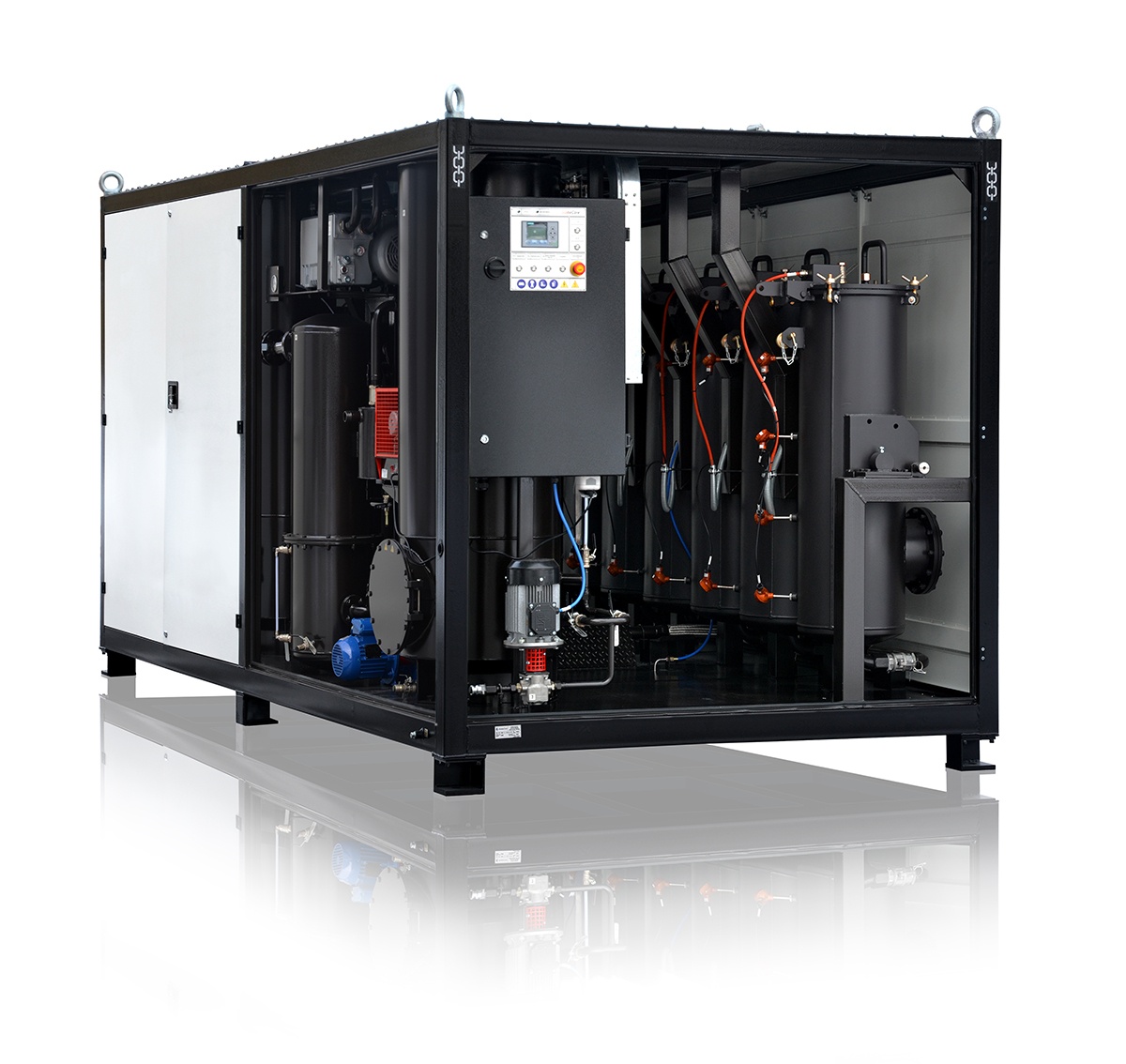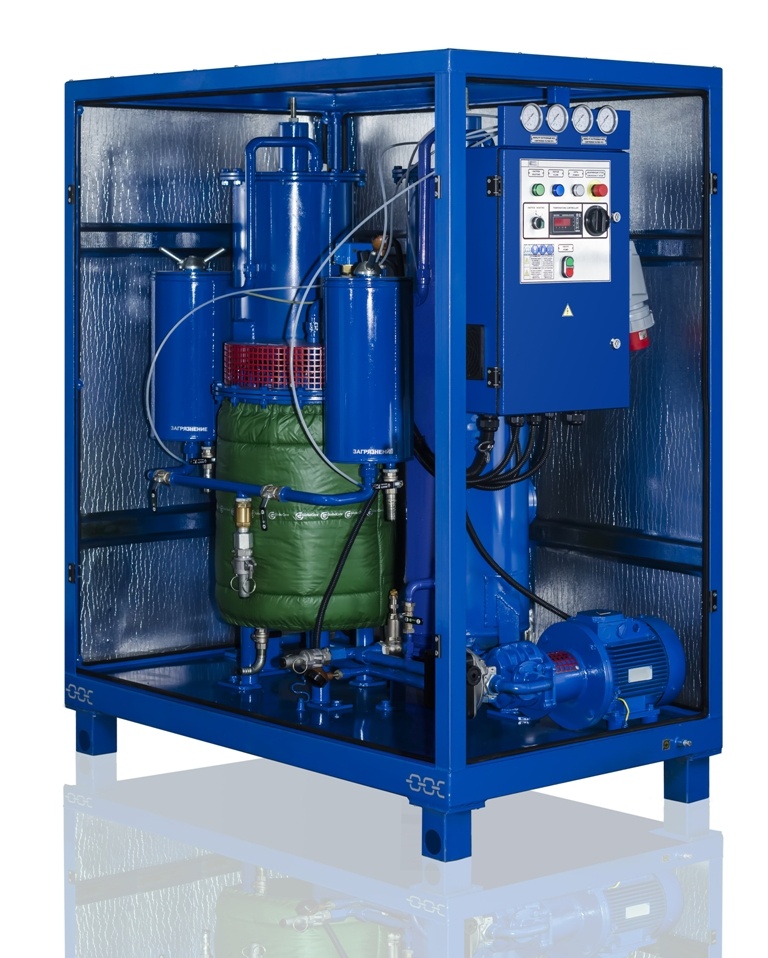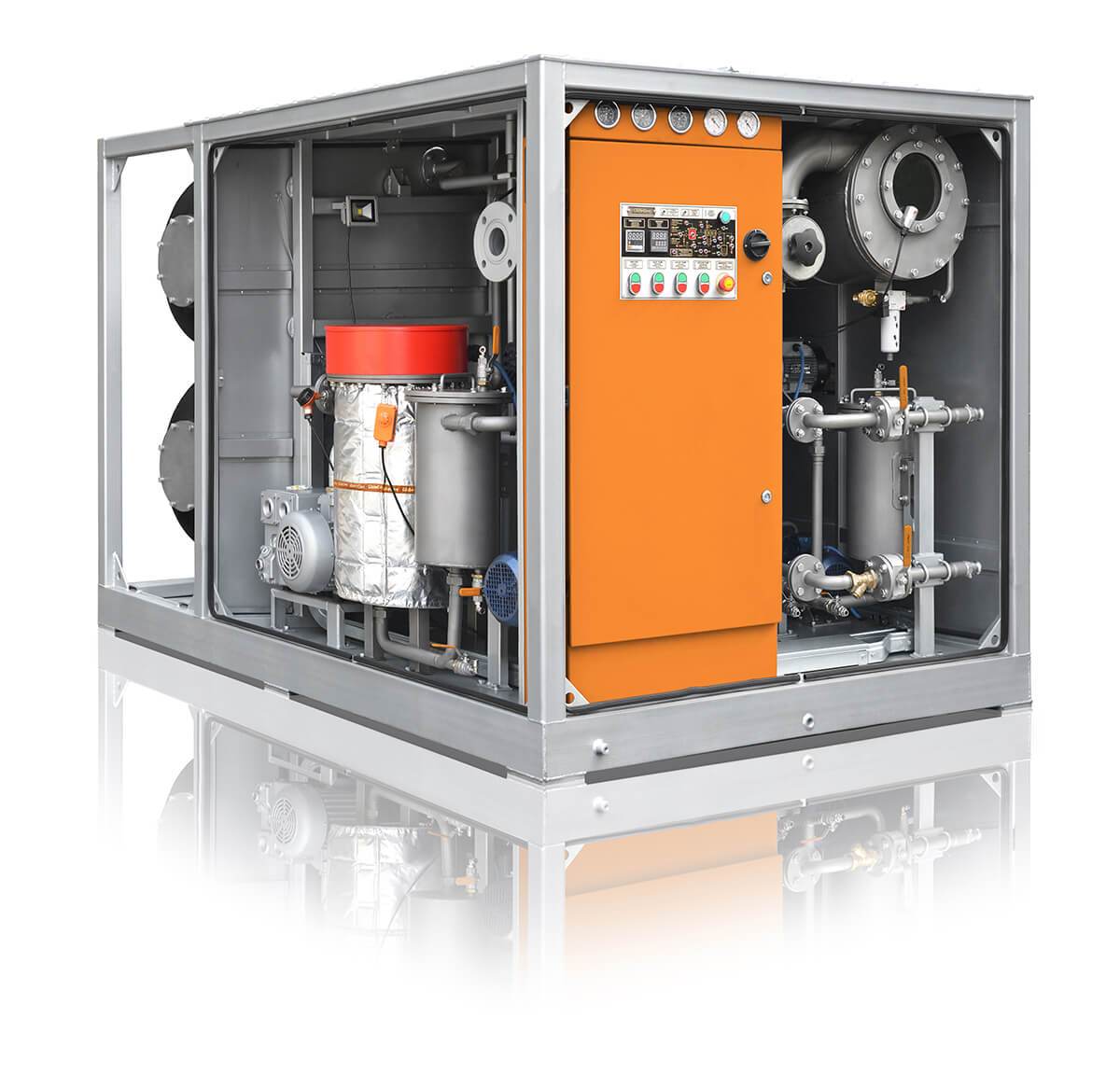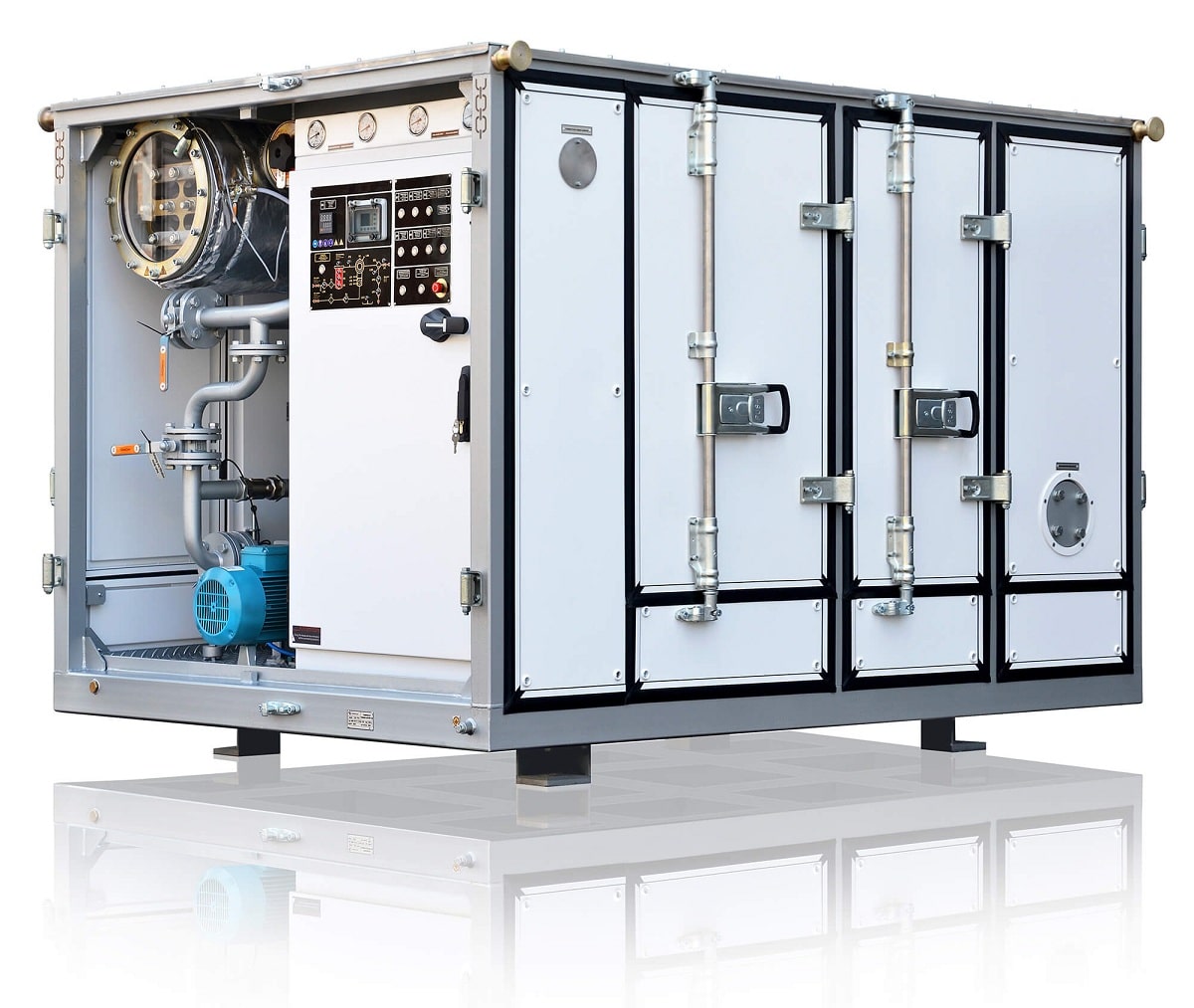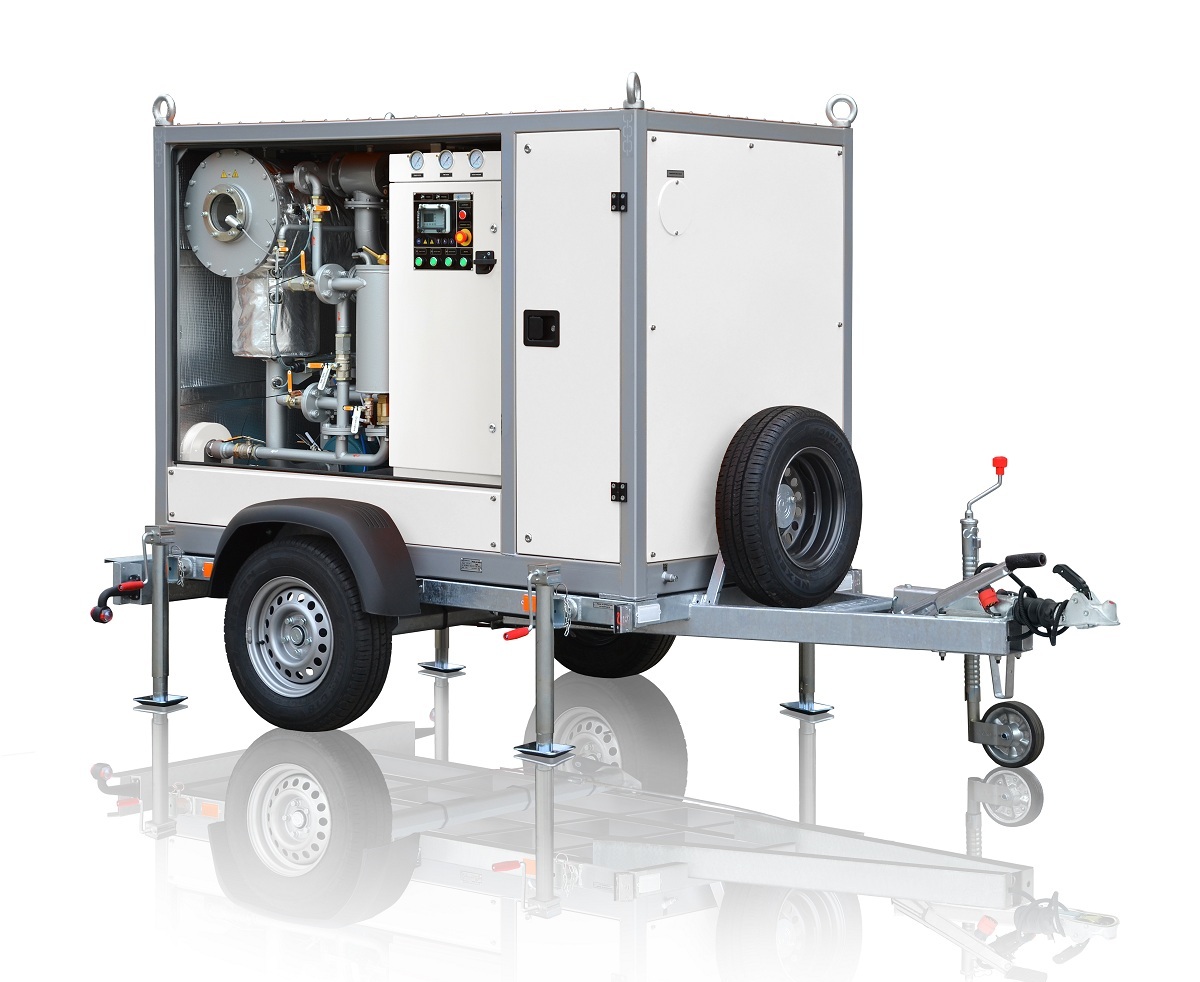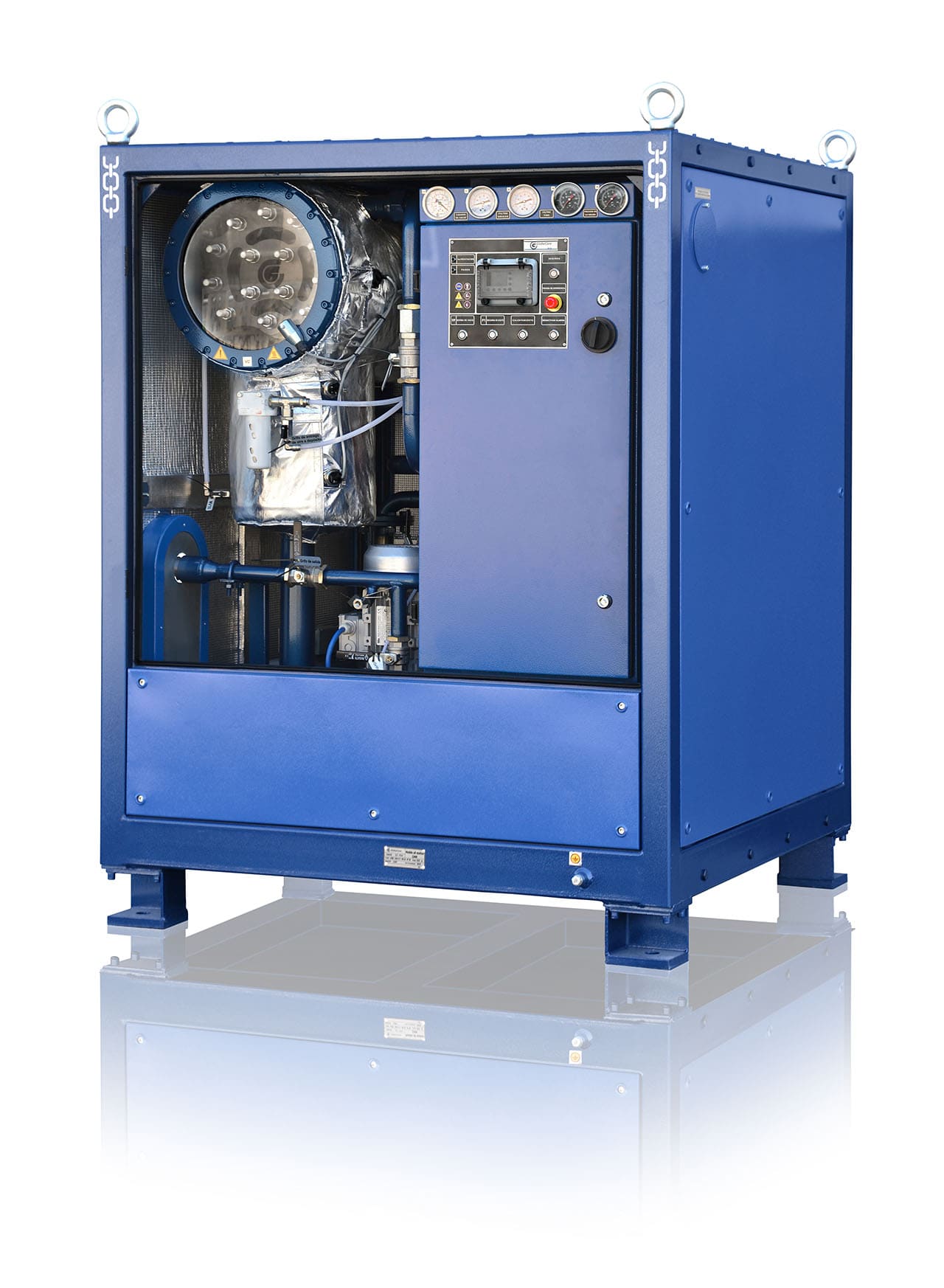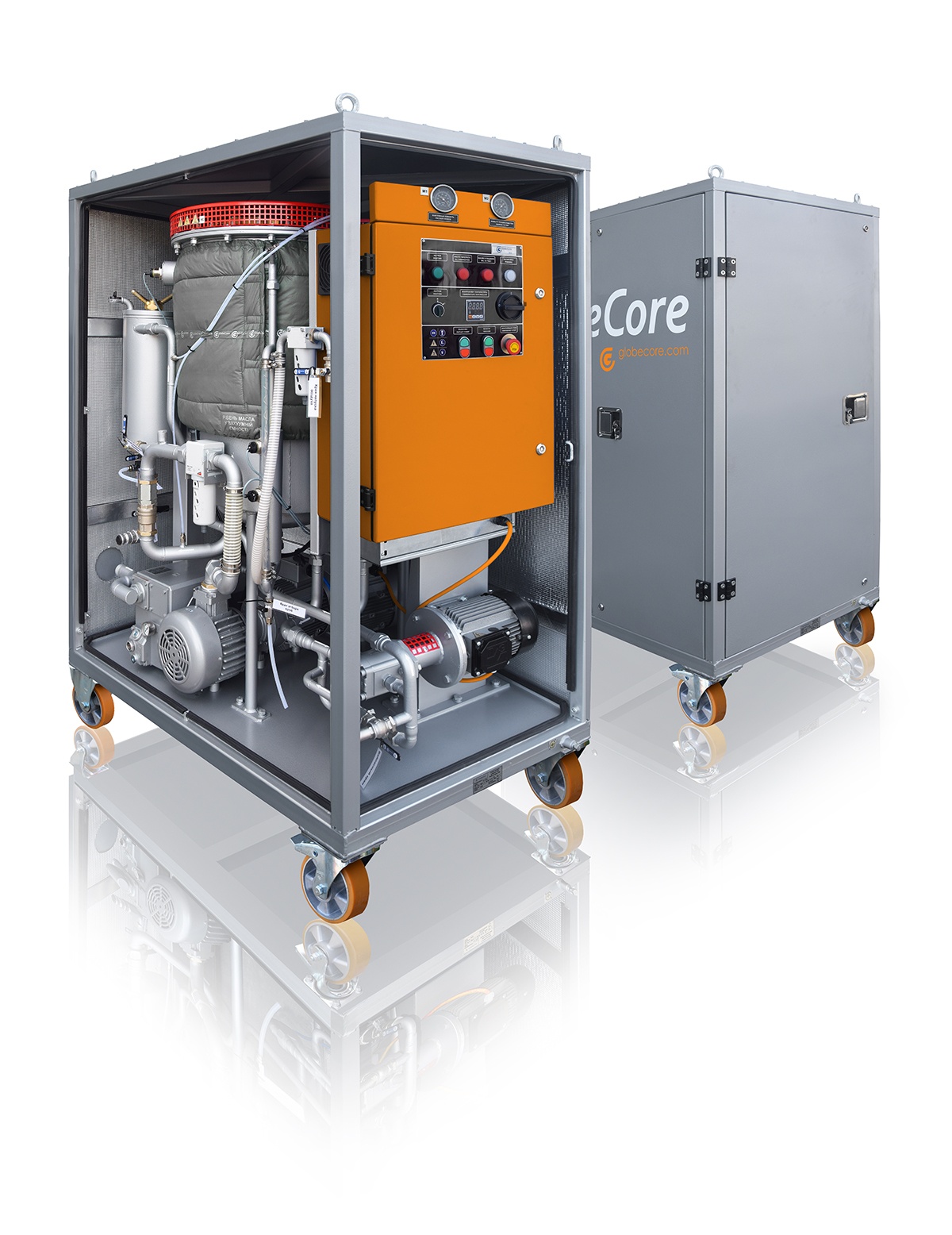USB-3 Small Plant for Modified Bitumen production, the capacity 4 cubic meters / hour
USB-3 Small Plant for Modified Bitumen production, the capacity 4 cubic meters / hour
The USB-3 bitumen modification1Polymer modification of bitumen is the incorporation of polymers in bitumen by mechanical
mixing or chemical reaction. plant is designed for modification of bitumen by adding polymers, adhesion additives and plasticizers into viscous road construction bitumen. Modified bitumen is used in the production of asphalt/concrete top layer, cement protection layers and crack sealants.
The use of modified bitumen instead of regular bitumen2A bitumen is a sticky, black, and highly viscous liquid or semi-solid form of petroleum. in asphalt concrete mixes allows to extend temperature range of asphalt concrete layer operability with seasonal temperature fluctuations, ensures load deformation resistance (cracking and rutting) and increases service life of automobile roads.
The unit is designed for implementation of virtually any bitumen modification process using a wide range of polymer modifiers (polymers, waxes etc).
The compatibility of bitumen and polymers is essential to obtain a high-quality final product. The polymer is able to absorb oil components of the binder, preserving its structure. Due to the modification process, bitumen is turned into an elastomer3An elastomer is a polymer with viscoelasticity (i.e., both viscosity and elasticity) and very weak intermolecular forces, and generally low Young’s modulus and high failure strain compared with other materials. that with improved elasticity.
Modern petrochemical industry professionals attempt to maximize the yield of light oil products and extract most of the paraffin-naphthenic fractions from bitumen. This reduces its flexibility at low temperatures and the softening point at high temperatures. Most modern bitumen will lose elasticity4Elasticity is the ability of a body to resist a distorting influence and to return to its original size and shape when that influence or force is removed. at approximately twenty degrees (20 0C) and begin to soften at between +45 0C to 48 0C. The use of non-modified bitumen in both road construction, which requires a binder with a temperature range from -40 0C to +70 0C, and for roofing materials5Roofing material is the outermost layer on the roof of a building, sometimes self-supporting, but generally supported by an underlying structure., which are often subjected to temperatures up to 90 0C, is inefficient. Fortunately, there are ways to change and improve the properties of bitumen by mixing it with various additives. This is best achieved in special bitumen modification units such as the GlobeCore UVB bitumen modification system.
|
Specifications |
Value |
| Minimum production capacity, m³/hour |
4 |
| Amount of polymer per 1м³ of bitumen, kg |
10–100 |
| Operation mode |
Batch/consecutive |
| Number of reactors |
2 |
| Nominal power, kW | |
|
45 |
|
7,5 |
|
7.5 |
|
2×5.5 |
|
4×27 |
|
3 |
|
0.8 |
|
3 |
|
0.25 |
|
190 |
| Power supply: | |
|
380 |
|
50 |
| Dimensions without components removed for transportation (L/H/W), mm |
5200/3200/2400 |
| Max weight, kg |
5600 |
- Can be used for administering all currently known polymers, waxes and various specific additives;
- Work with a variety of forms of modifiers : powders, granules, etc .;
- Allow to realize almost any bitumen modification chart;
- During pumping and modifications other additional plasticizers and additives could be introduced that improve the adhesion of the bitumen;
- In the pumping mode, there is the possibility of introducing additional quantities of polymer;
- Oil heating system can reduce costs on electricity;
- The ability to operate both outside, under a canopy or inside.
No publications found.

